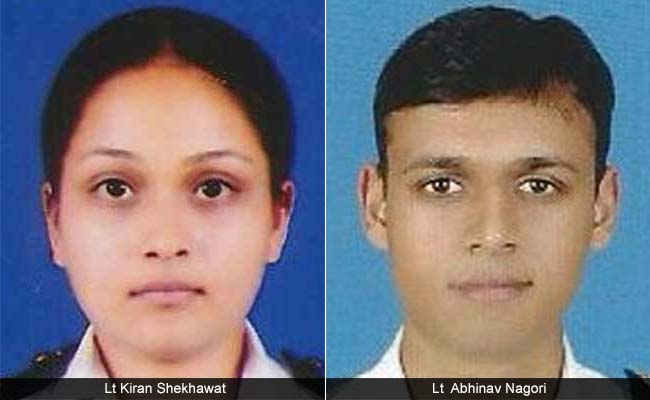
It was about 10 pm on a clear March night as a Dornier aircraft belonging to the Indian navy flew low along the Goa coast, and transmitted this message to the Air Traffic Control - "Ops Normal."
The Dornier aircraft, designed for reconnaissance and surveillance, was on a standard training sortie on the night of March 24. The three officers on board included a woman.
The Dornier was trying to gain height after flying as low as 50 feet, a crucial part of exercise.
27-year-old Lieutenant Commander Varuna Ektare, the sole Naval Air Traffic Controller on duty at the time at the Goa airport, noted down the position of the Dornier plane - 25 nautical Miles from Goa. But even as she finished logging the plane's reported position, the aircraft disappeared from her screen.
She immediately alerted the air traffic control at the Mumbai, Mangalore and Trivandrum airports to see if they could trace the plane. Next, she called a commercial airline's plane that was heading east and asked its captain to look out for the Dornier.
Within 40 minutes, the first ship and helicopters would leave the Goa harbour to search for the missing Dornier. The mission would end with tragic news - the captain of the Dornier had survived, but Lieutenant Kiran Shikhawat and Lieutenant Abhinav Nagori, both in their 20s, had died in the crash, the cause of which is still not clear.

"Had it not been for Lieutenant Commander Ektare the area of search would have been huge because we wouldn't know where exactly the plane stopped showing up on the radar," a senior Navy officer told NDTV.
Aircraft relay their position to Air Traffic Control at the airport nearest them at pre-determined intervals of either time or distance covered by them.
So the Control Tower would suspect something is wrong if the plane fails to make contact from the next mark it's meant to hit. By then, though, the aircraft could have changed its bearings to avoid bad weather - and would have moved past its last reported coordinates. The search-and-rescue operation therefore ploughs through an area that starts from the last reported position and covers the entire area that the aircraft could have flown up to between then and when it went missing.
In this case, because of Lieutenant Commander Ektare, the search area was just a few square miles, making the hunt for the missing plane much simpler.
Two days later, when the fuselage or main body of the plane was detected, it was just .05 Nautical miles from last reported position and nearly exactly where Lieutenant Commander Ektare reported it had gone missing from the radar screen.
Track Latest News Live on NDTV.com and get news updates from India and around the world

